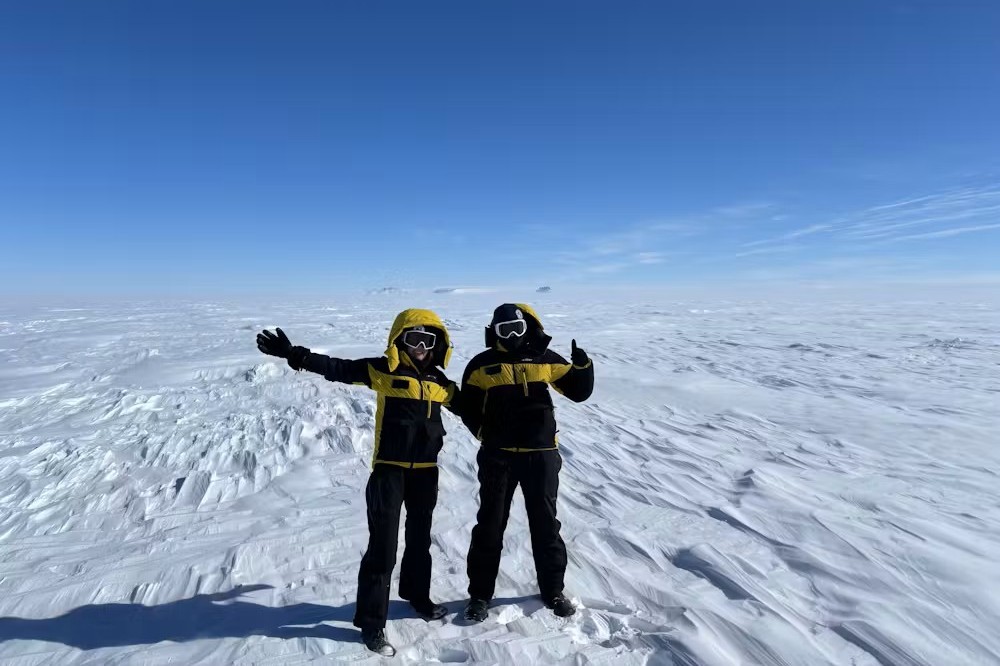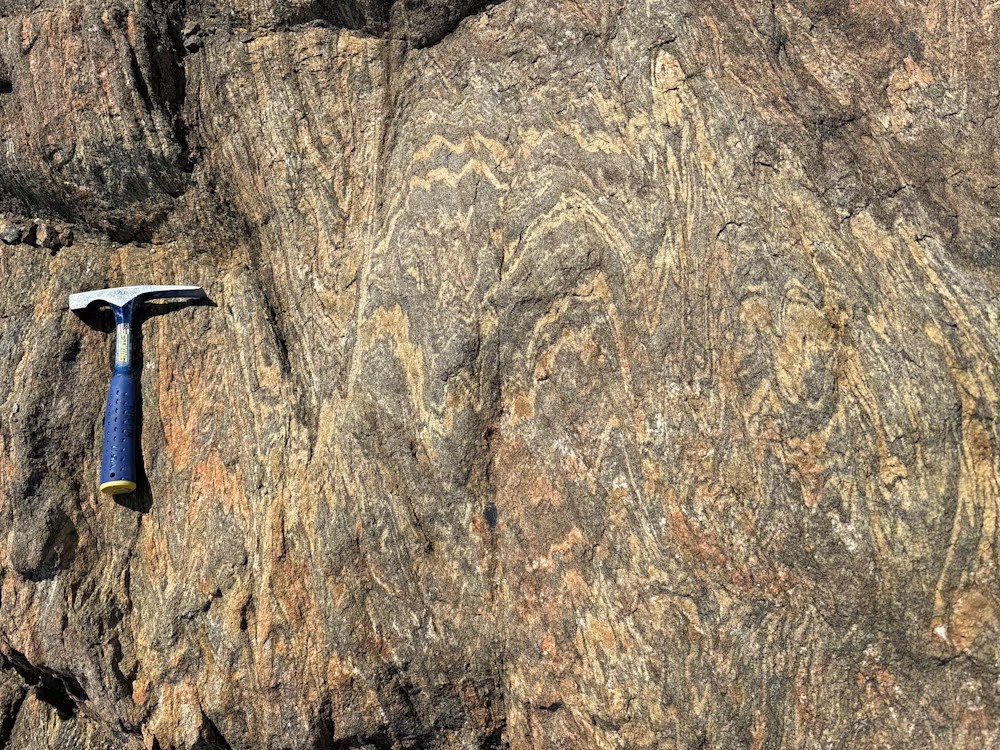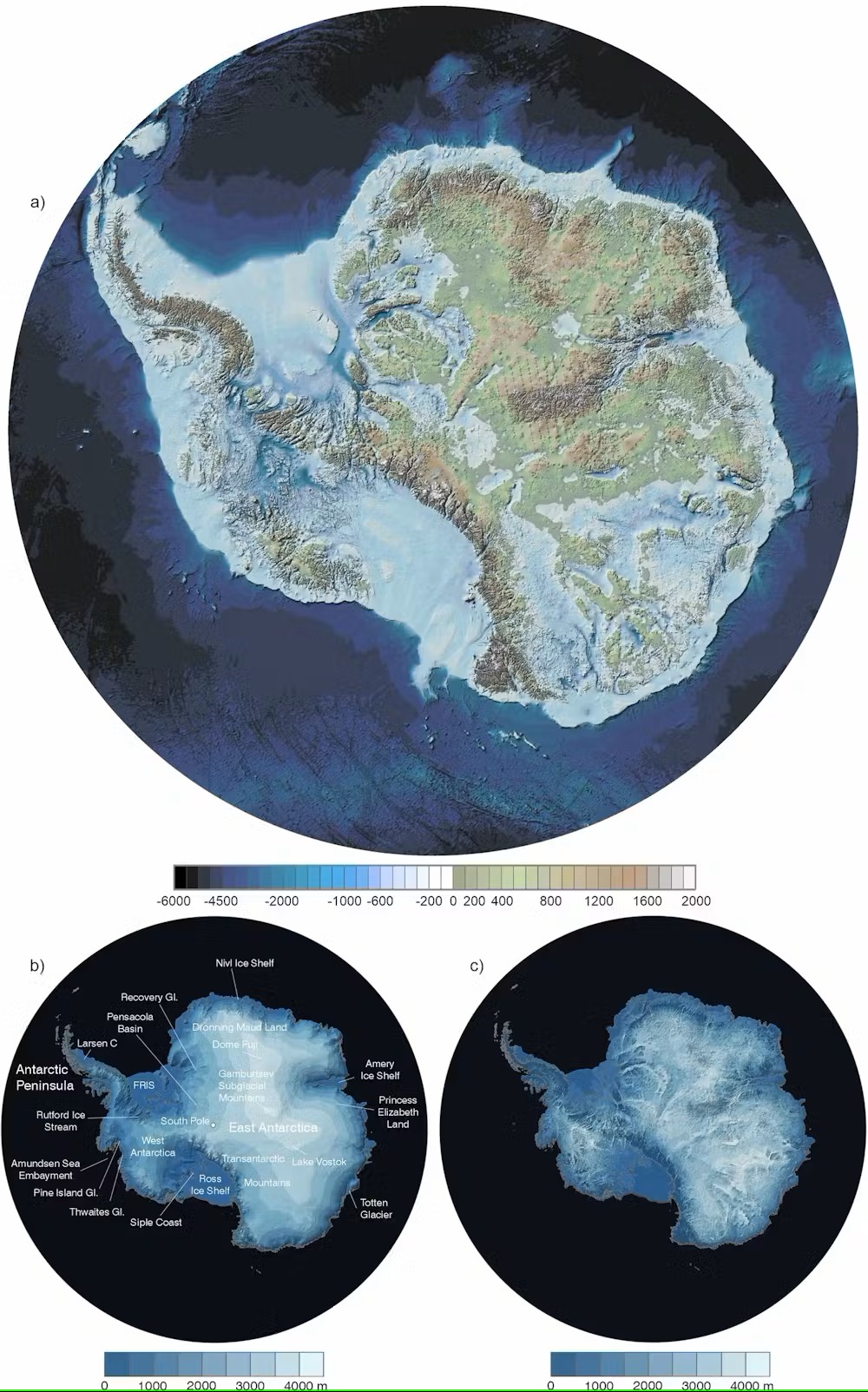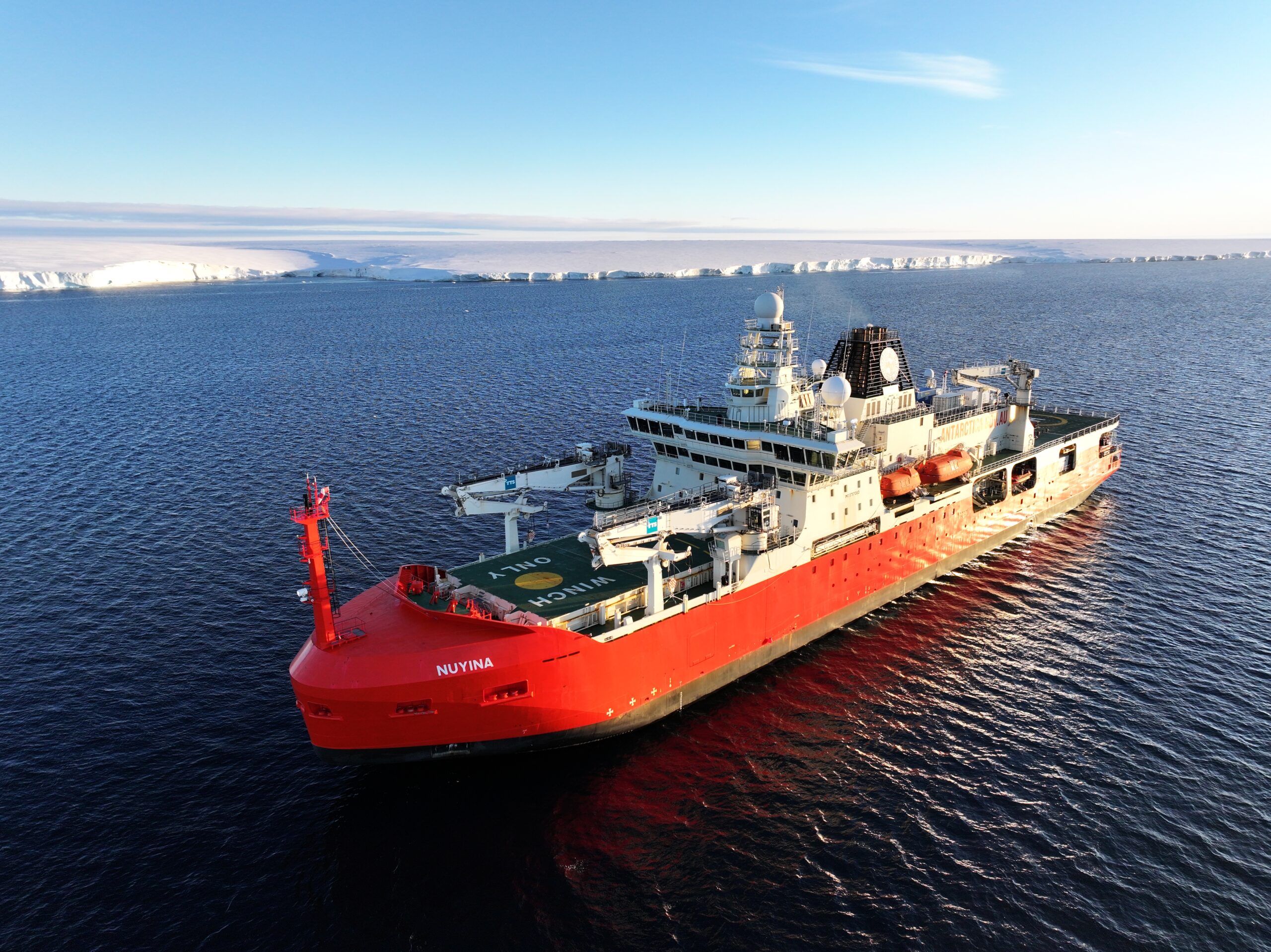Study of ancient collision zone reveals origins of enormous hidden mountain range in East Antarctica
Australian researchers have discovered how a large mountain chain resembling the European Alps and buried deep below the East Antarctic ice sheet, grew and partly collapsed more than half a billion years ago.
Formed by an ancient collision of two continents, the Gamburtsev Subglacial Mountains are central to Earth’s tectonic history and the assembly of the supercontinent Gondwana.

The study, by metamorphic petrologist at Macquarie University, Professor Nathan Daczko and ACEAS Chief Investigator and geologist at the University of Tasmania’s Institute for Marine and Antarctic Studies (IMAS) Associate Professor Jacqueline Halpin, is published in Earth and Planetary Science Letters and linked to the ACEAS/Australian-led Denman Terrestrial Campaign (DTC).
It estimates the collision occurred between 500 and 650 million years ago, driving up the mountain range with such force, the deeper crust beneath heated and flowed sideways – almost like toothpaste squeezed from a tube.
Known as gravitational spreading, this process spread out hot viscous and partly molten rock from the core of the mountains for up to a thousand kilometres – and would lead to the partial collapse of the range.
It also left behind a unique geological footprint.
“This research is highly significant because it provides a new tectonic model that links rare coastal outcrops to the ice-covered interior of East Antarctica, and helps us understand the architecture of a half a billion-year-old collision zone of the same scale as the modern Himalayan mountain chain,” said Professor Daczko.
“This new interpretation brings together many previous studies over a vast area of East Antarctica providing a unified model to guide future exploration and research.”
The new model classifies the crust into two distinct layers: a rigid upper ‘superstructure’ and a ductile, thermally weakened lower ‘infrastructure’ flowing sideways from beneath, between colder crustal blocks such as the Archean Ruker and Vestfold provinces.
“This kind of crustal architecture has been observed in exposed mountain chains in the Himalayas, but applying it to East Antarctica is novel and transformative for understanding the region’s tectonic evolution,” said Professor Daczko, who described the find as ‘unexpected’.
With most of East Antarctica buried under ice, the researchers turned to zircon crystals, collected from sedimentary rock outcrops in the Prince Charles Mountains. Eroded from the collision area and transported downstream where they were deposited more than 250 million years ago, they serve as time capsules of the mountain-building event said Associate Professor Halpin.
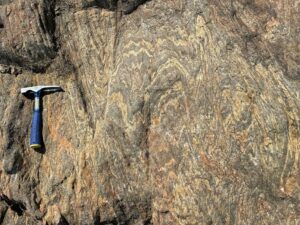
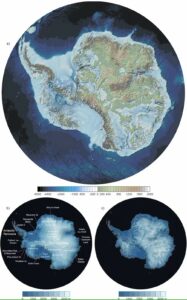
“Zircon is special in that it contains tiny amounts of radiogenic isotopes that decay at known rates. By analysing the ratio of these isotopes, we calculate their crystallisation age and derive a signature of their tectonic environment,” Associate Professor Halpin said.
“In this study we combined the zircon U-Pb age and Hf-isotope compositions to understand the collision event timeline and to demonstrate that these mountains have probably survived for half a billion years, making them one of Earth’s best preserved ancient mountain ranges.”
Associate Professor Halpin said the research was a “serendipitous outcome” of recent geology fieldwork conducted through the DTC and could help predict ice sheet behaviour.
“Even though the Denman region is hundreds of kilometres away from the samples used in this study, this new model can link geological and geophysical observations between areas.
“Most of the Antarctic continent is hidden beneath thick ice, but the geology underneath helps control how the ice sheet behaves.
“This research improves our understanding of the crustal architecture of East Antarctica including how topographic patterns are controlled, and how natural heat from the bedrock is distributed, which affects the flow of the ice.”
Professor Daczko said the study calls for a ‘paradigm shift’ in the study of ancient continental collisions and a need to embrace a three-dimensional view of eroded mountain architecture.
“It urges further geological studies of key locations in East Antarctica, especially in under-explored regions, to test the new model,” he said.
“Ultimately, the research invites a rethinking of supercontinent assembly in East Antarctica and the long-term preservation of the ice-covered interior mountains.”
PAPER
Nathan R. Daczko, Jacqueline A. Halpin. (2025) ‘Gondwanan continental collision drives gravitational spreading and collapse of the ancestral East Antarctic mountains.’ Earth and Planetary Science Letters. DOI: 10.1016/j.epsl.2025.1193
—
